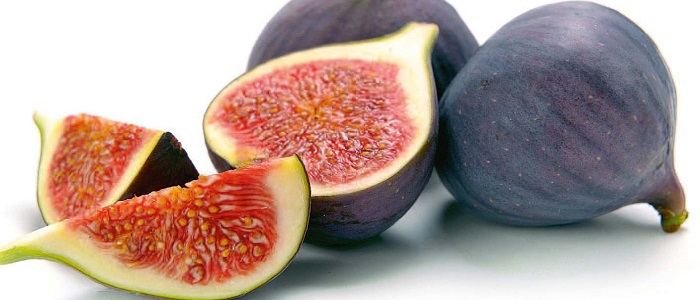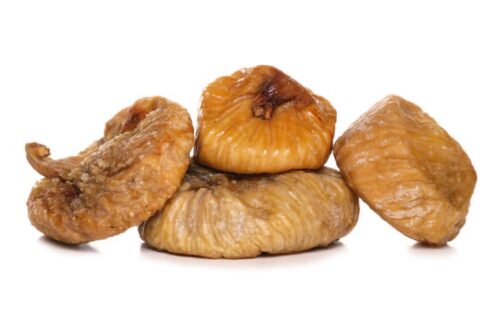Fig, which has a great importance in terms of human history, is a valuable member of the family of berry. Of the 800 species of its genus, the only tree that can yield fruit is the fig tree. Some sources say that this tree has a history of 80 million years; it is depicted as a symbol of abundance and fertility in religious and mythological sources. Fig tree is a great source of food for hundreds of species. So much so that experts suggest that natural life can end by the depletion of fig trees, just like bees.
Fig consumed by humans fresh in summer and dry in winter, the homeland of fig is Southwest Asia and the Eastern Mediterranean. Turkey is ranked first in the world fig production. Fig produced the most in Aydin, in the Aegean region of Turkey. When the season comes, many fig sellers in Aydin and its districts offer their freshly picked products for sale on their roadside stalls. Fig, which is one of the oldest known fruits, is a very important nutritional source with its high nutritional value and numerous benefits for health. Fig is also thought to be a medicine that helps the body to recover quickly after long-term illnesses and gives the body strength and power. Eliminates physical and mental disorders, provides the body with the energy it needs.
Fig, which is a very rich in fiber food, is rich in vitamins A, B and C as well as sodium, potassium, calcium, phosphorus, magnesium and iron minerals. In addition, omega-3 and omega-6 fatty acids and protein are especially present in dried figs. Figs have the highest fiber content than any fruit or vegetable. Only 1 dried fig provides 2 grams of fiber, which is twenty percent of the recommended daily requirement. Research conducted over the last 10-15 years has shown that the fibers found in vegetable foods are very important for the proper functioning of the digestive system. It is known that fiber taken as nutrients helps digestion and is effective in reducing the risk of some types of cancer. Nutritionists recommend fiber-rich fig consumption as an ideal way to increase fiber intake.
Fiber foods are divided into two as soluble and insoluble. Foods rich in insoluble fiber facilitate the passage through the intestines by bringing water into the body. Thus, they accelerate the digestive system and ensure regular operation. Foods rich in soluble fiber have been shown to reduce cholesterol levels in the blood more than twenty percent. Therefore, they are of great importance in terms of reducing the risk of heart diseases. The coexistence of both soluble and insoluble fibers is a distinct health advantage: the combination of both fiber types has proved to be more effective together to prevent cancer than when they’re alone. The fact that both fiber types, both soluble and insoluble fibers, are present in the fig together makes the fig a very important nutrient. Fig is also thought to be a drug that helps to heal quickly after long-term illnesses. It eliminates physical and mental strain, gives energy and power to the body.
Dried Fig
How to use?
The fruit of the fig is fresh and can be eaten dry, jam and compote is made. In addition, the milk flowing from the branches of the fig tree is good for calluses and warts. Dried figs are more nutritious in terms of calories, protein, potassium, calcium and iron.
Dried Figs & Olive Oil Cure
Put some olive oil and 2 sliced dried figs in a small jar and wait for 1 day and consume figs on an empty stomach every morning. This cure should continue for 1 month by replacing the figs with new ones. It has been observed that it helps to lose weight, regulates cholesterol, strengthens memory, protects heart health, heals cough, strengthens sexual health and relieves constipation.



